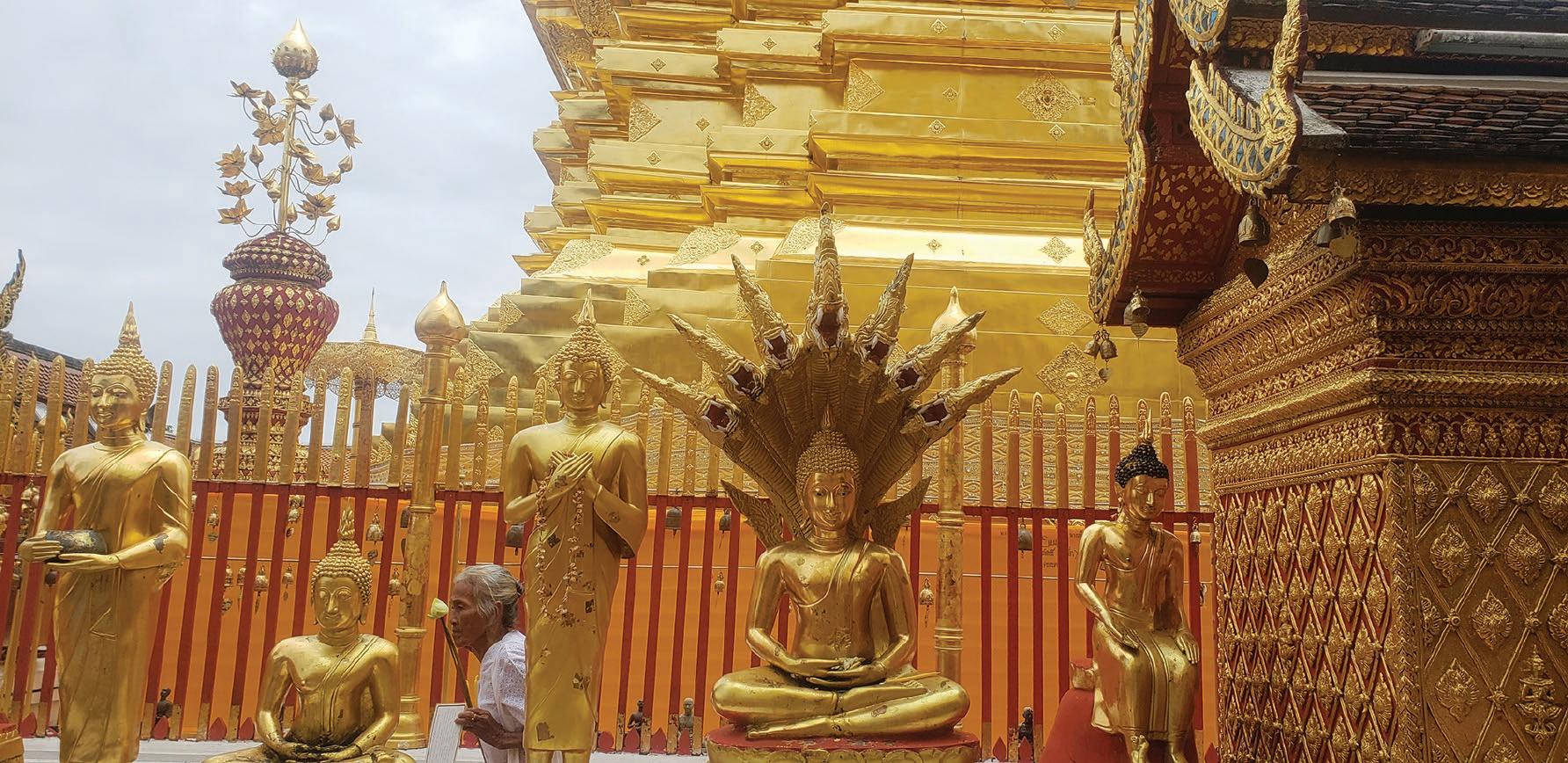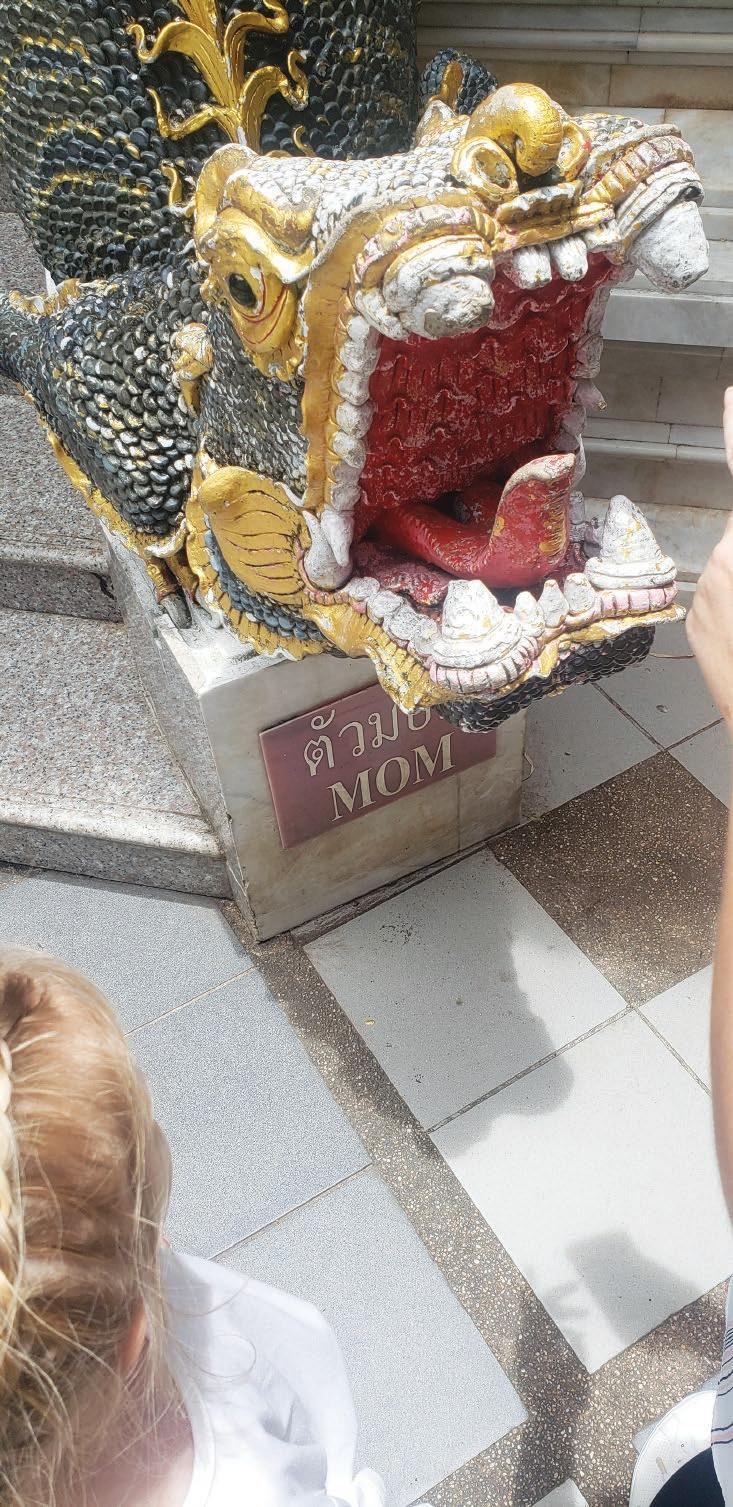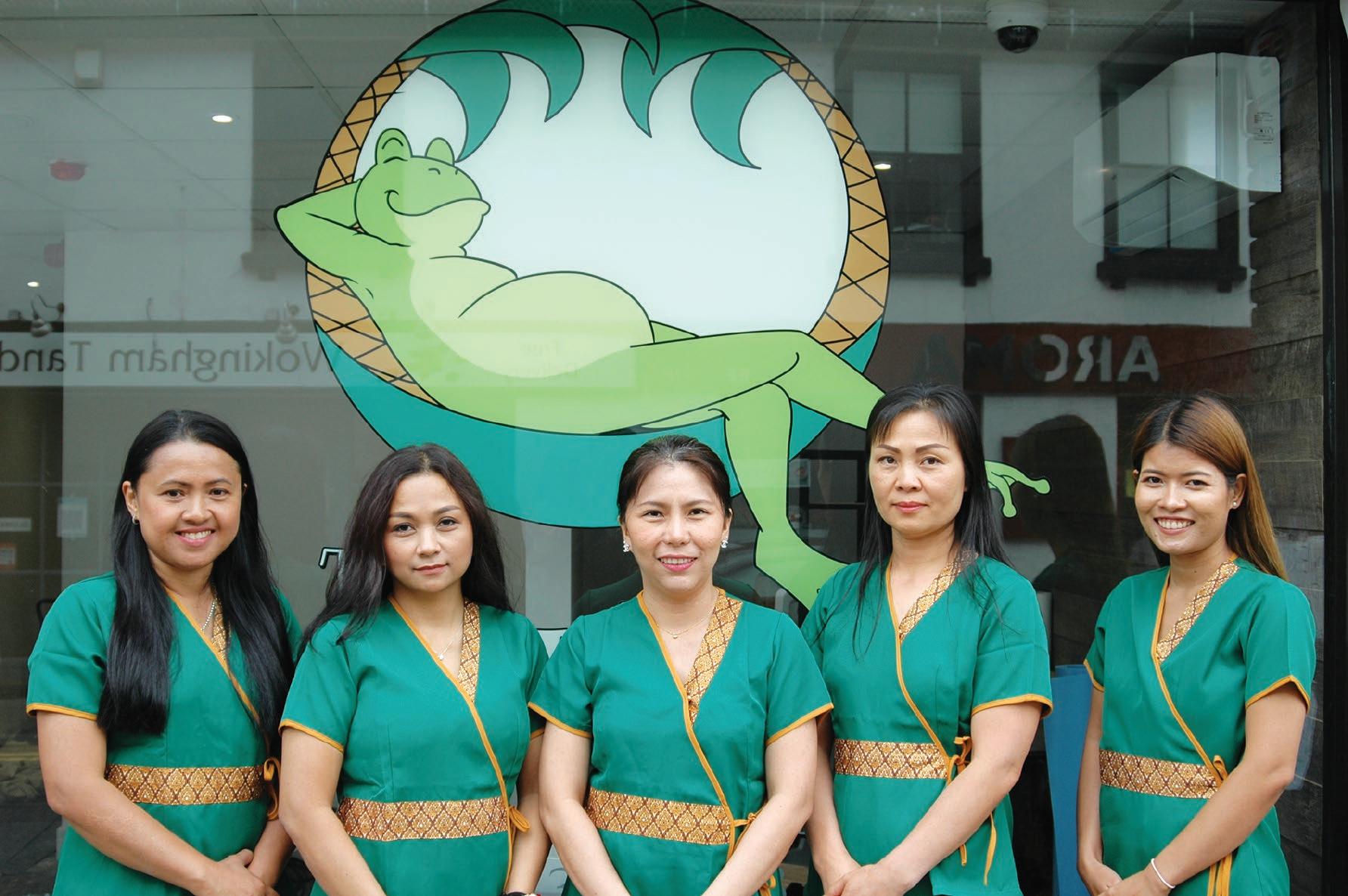
2 minute read
Chang Mai
Chiang Mai
If you have an opportunity to visit and travel around Thailand, especially during Songkran, then there are many cool places to celebrate. To best combine culture and fun, however, Chiang Mai is among the best. The temples of Chiang Mai are a must see on your itinery.
Chiang Mai is a city in mountainous northern Thailand. Founded in 1296, it was capital of the independent Lanna Kingdom until 1558. Its Old City area still retains vestiges of walls and moats from its history as a cultural and religious center. It’s also home to hundreds of elaborate Buddhist temples, including 14th-century Wat Phra Singh and 15th-century Wat Chedi Luang, adorned with carved serpents.
The oldest remaining structures The very first temple structures were often built of wood that has not survived over the years, the oldest original structures still in existence today are usually the chedis that were built from stone. The chedis were the first temple structures to be build, and contain relics of the Buddha, Kings or important monks. The other temple structures found today in the wats of Chiang Mai have been restored many times over the centuries, and sometimes have been completely rebuilt.
Naga snakes In Chiang Mai city alone, some 300 temples have been built often very richly decorated and containing beautiful mural paintings depicting scenes from the life of the Buddha on the walls inside. In many of the wats huge mythical snake creatures called Nagas can be found protecting the temple.
The oldest temples The oldest temples of Chiang Mai can be found in the old part of the city, within the city walls and moats. The oldest temple is the Wat Chiang Man located within the old walled city. This temple was the first to be built after the founding of Chiang Mai city in 1296.



Traditional Thai massage was first developed 2,500 years ago by Jivaka Kumar Bhaccha, Buddha’s personal physician. Known in Thai as ‘Chiwaka Komaraphat’, his name is often anglicised as ‘Doctor Shivago’ – but this has nothing to do with the 1965 David Lean movie!
Thai massage incorporates limb stretches, acupressure and manipulations that follow the designated ‘energy lines’ in the body. It was widely practiced in Thai peasant society, with each village having a massage healer who could ease the tension, aches, and pains of hard-working villagers after a long day toiling in the fields. As a result of this rich and vibrant history, UNESCO has added Thai massage to its prestigious list of human cultural heritage. Now you can experience an authentic Thai massage at The Lazy Frog in Denmark Street, Wokingham. The traditional massage is done without oil, instead you wear loose fitting cotton clothing, but The Lazy Frog’s Signature massage combines the traditional techniques with the use of aromatic oils. There is also a more intense deep tissue massage for treating buried knots and tension, as well as Thai foot or head & shoulder massages which are ideal for busy people on the go.
For more information, visit www.thelazyfrog.co.uk













